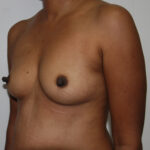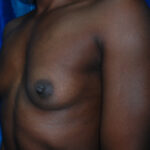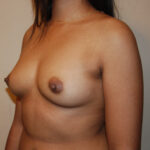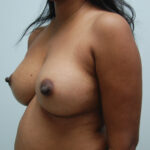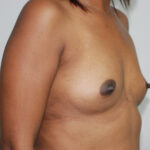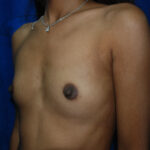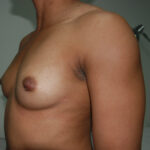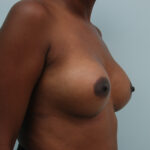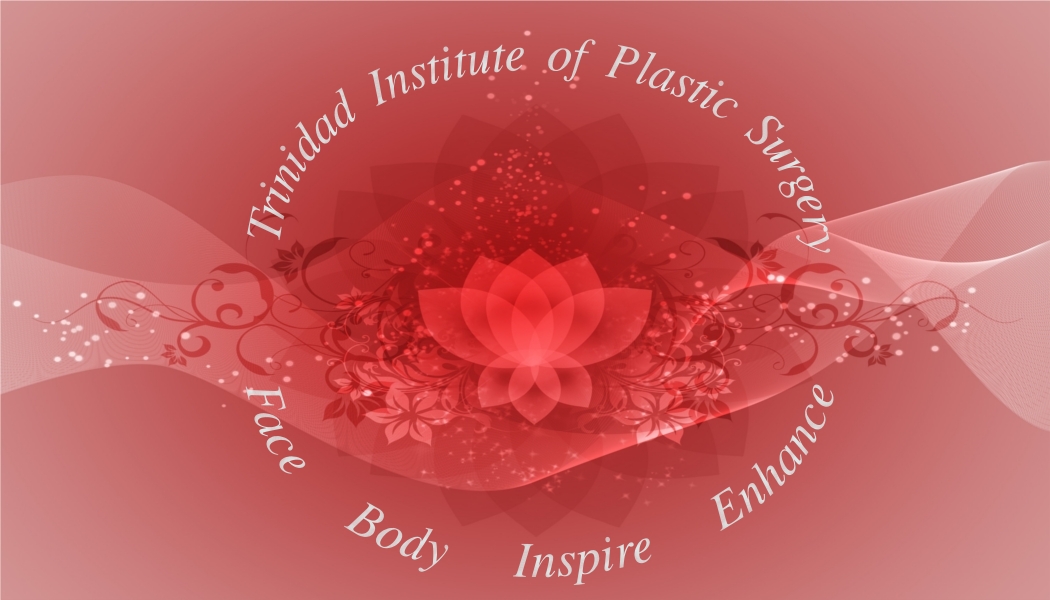
Breast augmentation – why is it so successful?
According to the 2012 statistics of the ASPS (American Society of Plastic Surgery) breast augmentation is currently the most frequently performed cosmetic surgery procedure in plastic surgery in the United States. A bit surprising – in the year 2000 this was still liposuction, which now ranks fourth after breast augmentation, rhinoplasty and eyelid surgery / blepharoplasty. The trend in our Caribbean plastic surgery practice at Trinidad Institute of Plastic Surgery is similar. Each year we perform an increasing number of breast augmentations, but body contouring with liposuction, tummy tuck and Brazilian butt lifts still tops the list in Trinidad and the Caribbean.
- Before
- Before
- After
- Before
- After
- After
Like so many other procedures in plastic surgery breast augmentation is successful because it works, plain and simple. There is a clear objective (enlargement of the breasts) and a procedure which delivers each and every time if performed by specialist plastic surgeon who is board certified in plastic surgery.
The recent advances in breast implant technology, particularly the advent of cohesive silicon gel implants with surface texturing or polyurethane foam coating, have markedly improved the durability and safety of breast augmentation. Better surgical planning systems based on anatomy and soft tissue characteristics have resulted in more predictable results and minimized the reoperation rates after breast augmentation. Scientific data collected over decades now provides abundant proof of safety of the high end implants on the market. This has helped to dissipate the most frequent myths associated with breast implants. It is now clear that these devices do not affect breast feeding capability, have no causal relationship to autoimmune diseases, breast cancer etc.
Most importantly, breast augmentation almost uniformly provides the client with much enhanced appearance, self esteem, self confidence and vastly improved body image. Clients who undergo breast augmentation exhibit a 90 to 95 percent satisfaction rate, attesting to the success of the procedure.
Breast augmentation – is it for you?
The majority of breast augmentation procedures are performed if a woman for entirely personal and subjective reasons feels her breast size is too small. The breast size may be constitutional or has decreased after pregnancy and breast feeding (postpartum involution). A significantly smaller number of procedures is performed for the sole purpose of correcting asymmetry, congenital breast problems or as part of a breast reconstruction strategy or as the “upper job” in male to female transsexuals. The overwhelming majority of breast augmentations are performed by placement of breast implants. Considerably fewer procedures are carried out as autologous breast augmentation with fat grafting / fat transfer.
- Before
- Before
- Before
- After
- After
- After
So if you subjectively feel your breast size is too small, desire improved body image, femininity and self confidence, have no significant medical problems, fulfill the technical entry criteria of breasts close to an aesthetic ideal (just small) without sagging, accept the placement of breast implants (autologous breast augmentation with fat transfer / fat grafting is an alternative to implants with its own distinct set of advantages and disadvantages), have realistic expectations and can afford the procedure then you are close to an ideal candidate for breast augmentation.
During the consultation process you will work with our board certified plastic surgeons to fine tune these points, choose the implant type (saline, cohesive gel silicon, textured, foam coated furry Brazilian, anatomical etc.) and breast implant size to fit your body and expectations, select the placement of the implant (subglandular versus partially submuscular) and the placement of the incision.
It is particularly important that you let your own desires and aesthetic objectives guide the selection of the implant size. In our practice in the Caribbean the most frequent reason for implant exchange is further increase in size desired when the first implant was chosen too small.
Breast augmentation – what are the specifics?
Breast augmentation is performed at accredited hospitals under general anaesthesia as an outpatient procedure. We think that the placement of breast implants has to be done under optimal operating room conditions, much like for a hip replacement without making any compromises regarding the facility. This is currently possible only at a single facility in Trinidad. Only in rare circumstances do clients desire to stay in the hospital facility overnight after the procedure.
While in theory at least a subglandular implant placement could be done under twilight anesthesia with local anesthetics, it is our experience that this insubstantial cost saving results in a considerable decrease in comfort of everybody involved. All anesthesia, whether general anesthesia or twilight anesthesia is administered by a board certified anesthesiologist. The plastic surgeons concentrates on doing the best possible breast augmentation procedure, not on keeping the client comfortable, pain free and asleep.
Follow-up visits with the operating surgeon assure that everything is going well. The postoperative course is easy and the majority of clients return to office work within a couple of days at most. The most important issues after the procedure are common sense measures such as avoiding injury to the breasts, wearing a surgical bra, attending the follow-up visits with the plastic surgeon and not placing the incision under stress. After three weeks most clients will have experienced resolution of swelling and postoperative discomfort (if any), all precautionary measures are removed, scar treatment with silicon gel sheets is begun. At this time clients start to experience the full benefits of breast augmentation.
Trinidad Institute of Plastic Surgery – the superior choice for breast augmentation in the Caribbean, Antigua and Barbuda, The Bahamas, Barbados, Belize, Dominica, Grenada, Guyana, Haiti, Jamaica, Montserrat, Saint Lucia, St. Kitts and Nevis, St. Vincent and the Grenadines, Suriname, Trinidad and Tobago, Bermuda, British Virgin Islands, Cayman Islands, Turks and Caicos Islands, Miami, New York, Toronto, London
